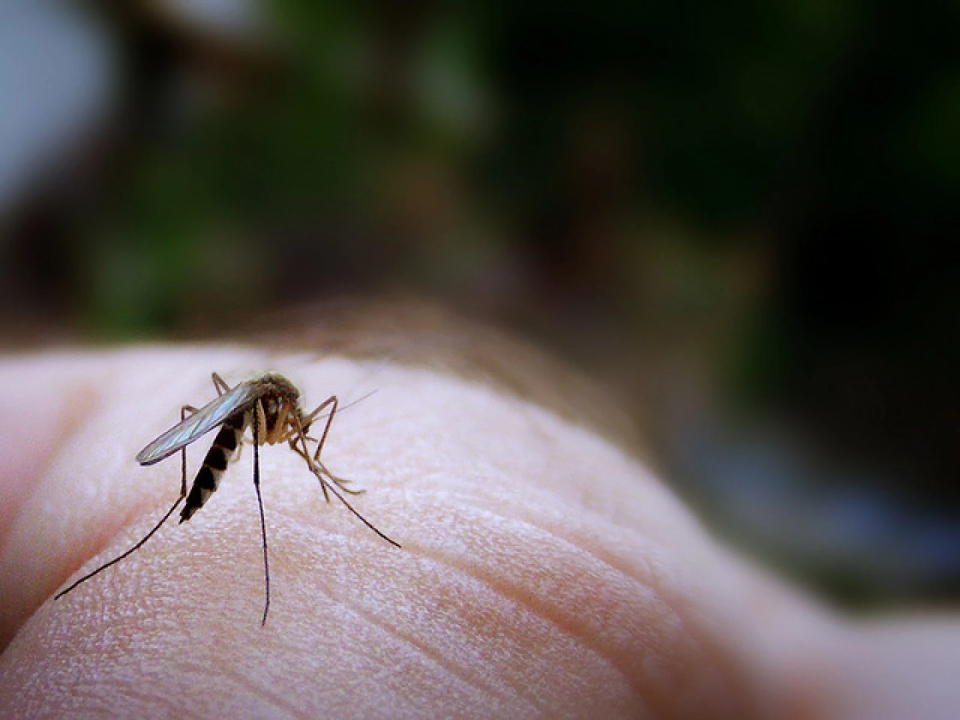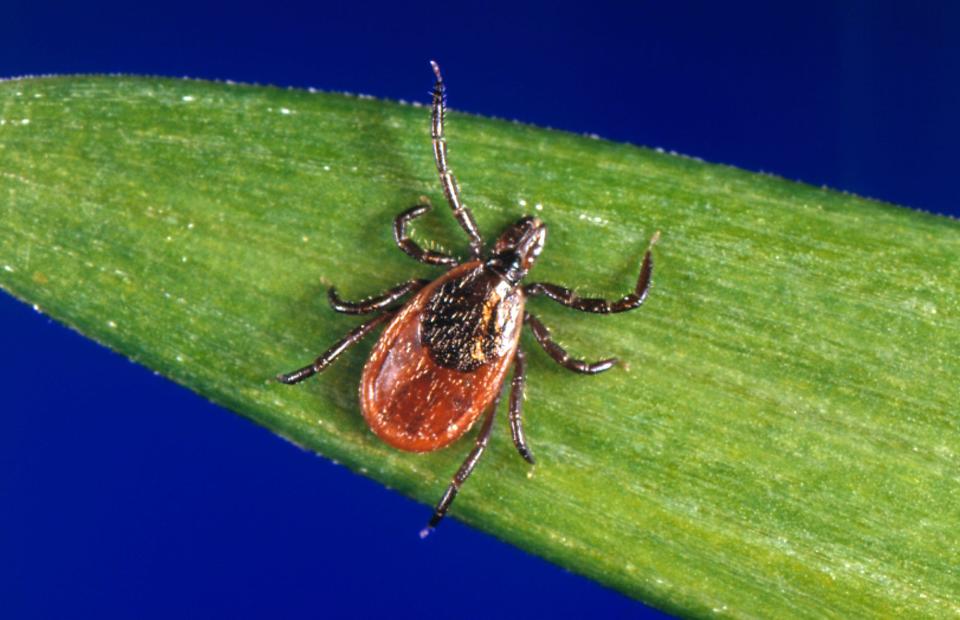UGA study of shelter dogs shows growing instances of illnesses caused by ticks, mosquitoes

Long the bane of pet owners’ existence, ticks and mosquitoes are expanding their geographic range due to warming temperatures, frequently bringing disease with them.
A new study from the University of Georgia suggests shelter dogs in the Eastern U.S. may be bearing the brunt of that burden.
The researchers analyzed blood samples from 3,750 dogs from animal shelters in 19 states across the Eastern U.S. to determine the prevalence of heartworm and three tick-borne bacteria.
The study found more than one in 10 of the dogs were infected with heartworms. More than 8% of the dogs had been exposed to the bacteria that causes Lyme disease. An additional 10% were infected with bacteria that cause anaplasmosis or ehrlichiosis, which are less well-known diseases contracted from ticks.
Almost 5% of the dogs had multiple infections, meaning many had been exposed to more than one disease-causing agent.

These diseases can easily avoided by using preventive medications. But that often requires access to veterinary care. Unfortunately, many neglected or stray animals that are brought to shelters haven’t received these preventatives for long periods of time, if they’ve had them at all.
For heartworm, infections may be treatable with medication and or even surgery, but it’s an expensive option. Unfortunately, many long-term infections are difficult to treat and may be fatal.
“This study shows us how important those preventive medications are,” said Corinna Hazelrig, lead author of the study and a current doctoral student in UGA’s College of Veterinary Medicine. At the time of the research, Hazelrig was an undergraduate student in UGA’s Warnell School of Forestry and Natural Resources.
“Preventatives can be expensive, and some pet owners may not want to or be able to invest in them. However, these pathogens are common throughout the Eastern United States, and the best management strategy for your pet’s health is to use preventive medications on a regular basis.”

Climate change increasing range of mosquitoes, ticks
Diseases caused by ticks and mosquitoes pose a significant health risk to humans, their pets and wildlife.
Heartworms can cause lasting damage to the heart, lungs and other arteries in animals if left untreated. Lyme disease commonly results in loss of appetite, fatigue and lameness, but it can also damage the kidneys.
Heartworms aren’t a huge concern for people, but Lyme disease can lead to fever, a rash and joint and muscle aches. Symptoms of anaplasmosis and ehrlichiosis in people range from fever and severe headaches to more severe conditions, such as brain damage and organ failure.
'Keeping something for the future': Musician keeps Special Collections Libraries in order
All three tick-borne bacteria require antibiotics to clear the infection.
Due to climate change, the ticks and mosquitoes carrying these diseases are expanding their geographic range.
“People in the Northeastern U.S. don’t think heartworm is in their region, and people in the Southeastern U.S. don’t think Lyme disease is in their region,” Hazelrig said. “However, we detected heartworm in Maine, and we detected exposure to the causative agent of Lyme disease in Virginia. The change in our climate is allowing the geographic range of ticks and mosquitoes to expand.”

Disease-carrying pathogens pose threat to people
Even for people without pets, the increasing presence of disease-carrying ticks and mosquitoes is concerning.
Lyme disease, for example, is the most common vector-borne disease among people in the U.S. More than 30,000 confirmed cases are reported each year, according to the Centers for Disease Control and Prevention. But that number is considered a gross underestimate, and some researchers believe more than 400,000 people may contract the disease annually.
A previous study by UGA researchers and collaborators at Clemson University found that exposure to the Lyme disease agent was common in certain regions of the United States.
Another previous UGA study in collaboration with Clemson University found that areas where more dogs are exposed to the bacteria that causes Lyme disease have higher rates of human infection as well.
“Collectively, these studies highlight the importance of dogs as sentinels for some pathogens that infect humans, including the agent of Lyme disease,” said Michael Yabsley, a co-author on that paper and a corresponding author on the present study. Yabsley is a professor with joint appointments in UGA’s Warnell School of Forestry and Natural Resources and the College of Veterinary Medicine. “These data help us understand the distribution of these pathogens, how their distributions are changing and where we may expect human infections to occur.”
This work was conducted in collaboration with the Companion Animal Parasite Council (CAPC), which has provided prevalence maps for multiple pathogens of domestic dogs and cats since 2012. These maps are updated monthly and show what’s happening in every county, including areas where there may not have been a risk for some of these pathogens a decade ago. CAPC makes access to the monthly canine data available in its prevalence maps, a resource available free online.
With around a million test results collected monthly from dogs, these maps allow veterinarians, physicians, pet owners and travelers to assess the risk of exposure across the United States and Canada.
Published in Parasite and Vectors, the study was co-authored by Jenna Gettings and Christopher Cleveland, from UGA’s Southern Cooperative Wildlife Disease Study, and Ania Majewska, an assistant professor in UGA’s College of Veterinary Medicine. Additional co-authors include Andrea Varela-Stokes, Kris Hubbard and K. Wade Burton.
This article originally appeared on Augusta Chronicle: UGA study shows climate change allows growth of ticks and mosquitoes

